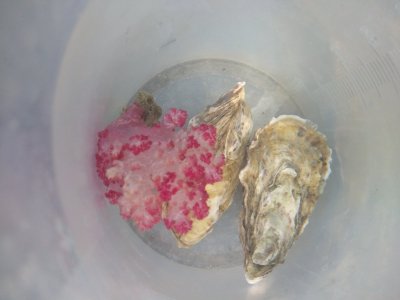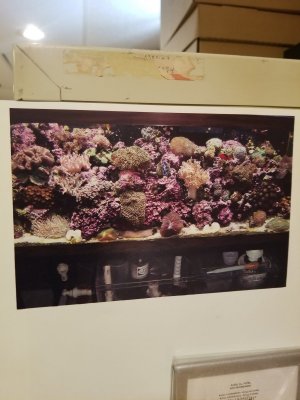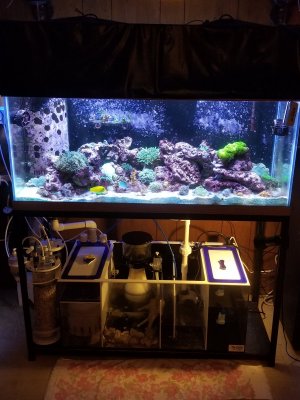I’m a start with dry rock and lots of it guy. 90g mixed reef four years. 100 pound aquascape with 40 pounds Tonga branches holding up the big porous rocks. Tangs flying in and out of big caves covered in corals. Everything goes into QT. Have never had ich or aptasia or coral eating whatevers. Did definitely go through the uglies with briopsis and green hairy algae which has been gone two years once your giant ecosystem sets up in all that rock.
Point is my vote is more rock the easier it is to absorb our screw ups with over feeding our fish who also have dedicated sleeping spots.
Point is my vote is more rock the easier it is to absorb our screw ups with over feeding our fish who also have dedicated sleeping spots.





















